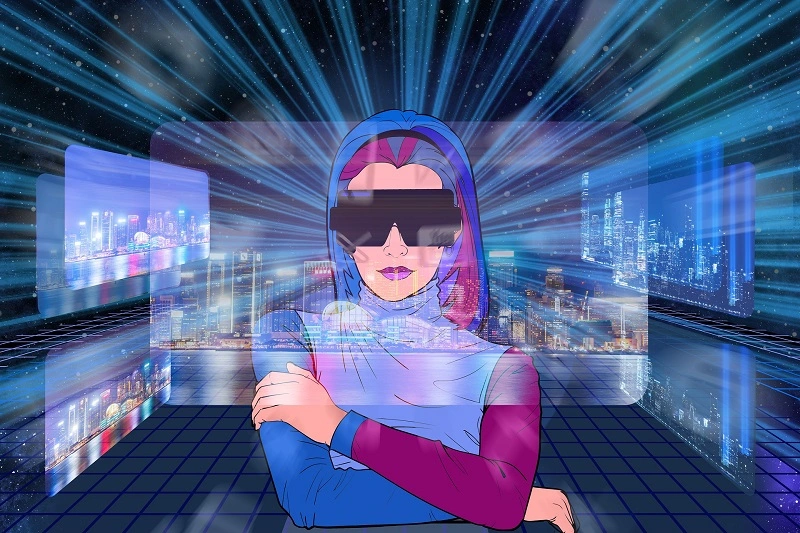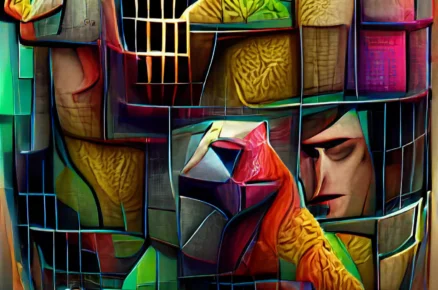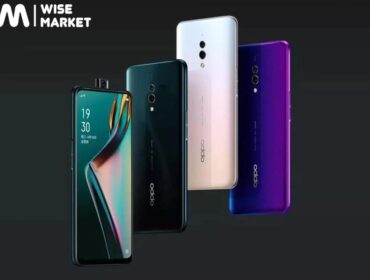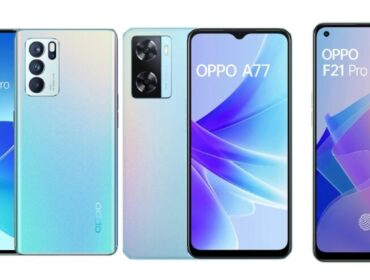After web3 technology seized the game scene’s attention in 2021, we are closing 2022 with more mistrust than ever. As the new year approaches, we wanted to look at the widening separation between blockchain players and conventional gamers.
Blockchain players speak with an anti-establishment tone. A core premise is wresting power from the conventional game business and highlighting various perceived problems in today’s generally accepted gaming models, such as the inability to own and exchange in-game assets and absolute centralized control of the game production process. This also connects to the wider “power to the people” rallying cry surrounding cryptocurrency. Traditional gamers’ terminology, on the other hand, is less rigid and focused instead on the gaming experience. In other words, these gamers are concerned with whether the games are enjoyable, fair, and a good value for money. This doesn’t suggest that these ideals don’t exist in blockchain gaming. Rather, it has yet to be an important component of its public messaging.
am deeply entrenched in the blockchain gaming side. To adopt a cross-cultural communication paradigm, I must first grasp the culture of the opposing side. I contend that blockchain gaming supporters committed certain strategic messaging errors.
- The blockchain gaming industry needed to recognize the conventional gamer’s underlying values as influenced by experiences with monetization schemes like F2P.
- Projecting a disruptive culture that showed little regard for the more seasoned gaming industry as a whole.
- The blockchain industry decided to go it alone and sell itself as a distinct entity from the larger gaming industry.
To set the scenario, it is essential to present an approximate chronology of some major events that, in my view, emphasized and, in some instances, extended the cultural fault lines between the two.
The Seeds of Dissatisfaction
It’s completely free to play (F2P)
If there was one item that sowed the germ of an anti-blockchain attitude, it was Free to Play. When F2P first appeared on the scene, it represented a significant shift in gaming, and most people were opposed to the move. The thought that someone might “pay to win” was obscene, especially given that game firms were earning massive revenues from commercials and in-game purchases. It often allowed developers to deliver “incomplete” game experiences that might subsequently be worked upon. In other words, the fundamental basis of gaming, based on “fairness” and “pleasure,” was under threat. Eventually, gaming firms refined the strategy, and the F2P genre now accounts for a rising portion of worldwide video game income.
GPUs and Crypto Mining
The spike in interest in cryptocurrency mining may have sown the second seed of anti-blockchain prejudice. According to Jon Peddie Research, the crypto-mining business purchased 25% of all GPUs in the first six months of 2021. As a consequence, gamers were deny new GPUs, and they were force to contend with increasing competition for components, higher pricing, and shipment delays. Gamers, predictably, were enraged. To be honest, the problem was most likely cause by a global scarcity of microchips, but the influence of cryptocurrency was clear.
Fault lines start to form.
The Blockchain Gaming Alliance (BGA)
The Blockchain Gaming Alliance (BGA) publicly declared its creation on April 24, 2019, defining itself as “a collaboration of game and blockchain firms devoted to lobbying for blockchain technology inside the gaming industry.”
I’d like to draw attention to the next phase: “enhance or disrupt established business sectors.” This is congruent with the “disruptive” crypto narrative and argues that the existing gaming business needs a transformation. Although subtle, as you shall see later, this rhetoric grew much harsher once Valve prohibited blockchain games in October 2021.
The Play-to-Earn (P2E) movement and Axie Infinity
During the summer of 2021, the Axie Infinity clone and the notion of Play-to-Earn (P2E) exploded. Apple, across the globe, was enthralled by the prospect of earning a livable salary by playing video games. Individuals were “Aping into” any game labeled as P2E. The values of tokens and NFTs were skyrocketing.
There were hints that Axie’s game economy was imploding owing to bad design. Hackers stole $620 million in Ethereum and USDC tokens from Axie Infinity’s Ronin network bridge on March 23, 2022. This was the greatest hack in crypto history at the time
Valve/Steam prohibits NFTs.
Valve was the biggest blow to blockchain gaming. Steam changed its rules and standards on October 14, 2021, stating that “applications designed on blockchain technology that issue or enable trading of cryptocurrencies or NFTs” may no longer be launched on Steam.
There was little explanation at the time. However, in an interview with Chris LoVerme, CEO of SpacePirate, whose game Age of Rust was ban, he hinted that warning signals were on the way. LoVerme said that although Steam looked “quite receptive” to blockchain gaming in 2019, the dialogue with Steam shifted from open to increasingly more serious over time. He mentioned many phone contacts with Valve’s legal team to address “real world value” and “gambling.”
However, LoVerme said that Steam’s decision to prohibit was motivated more by competitiveness.
NFTs and Blockchains are prohibited in Minecraft.
The gulf between conventional gaming and blockchain gaming widened on July 20, 2022, when Minecraft issued a ban on NFTs and blockchain.
“Blockchain technologies are not permitted to be integrated inside our client and server applications to ensure that Minecraft players have a safe and inclusive experience, nor may Minecraft in-game content such as worlds, skins, persona items, or other mods be used by blockchain technology to create a scarce digital asset.”
It’s unclear how much effect Newell’s words had on their choice, although the reasoning was similar in tone.
Returning to the classic gamer’s beliefs, Minecraft’s announcement makes perfect sense. The primary concerns were client retention and satisfaction. When seen in this light, Minecraft behaved predictably.
Blockchain Games are “taxed” by Apple.
Apple modified its “app review rules” in October 2022, permitting NFT sales and associated services, but only via in-app purchases. These new criteria would also give Apple a 30% share, the same as it does for regular gaming applications. While not officially prohibiting NFTs and crypto, several industry executives saw the action as a “tax” (Tim Sweeney) and “effective prohibition” (Ric Moore of Oxalis Games) on blockchain games.
Why did Apple take this action? If you agree with Tim Sweeney, Apple was merely pushing its monopolistic aspirations while restricting innovation. To be fair, it’s also possible that Apple was merely being cautious with new technology with a troubled history. Looking at Sweeney’s Tweet again, one might argue that Epic was equally cautious about embracing blockchain games, but without demanding a price. There are currently relatively few blockchain games available on the Epic Game Store.
Conclusion
Following an examination of these significant events, it is evident that the days of a united community of conventional gamers and blockchain gamers are still a long way off. It’s also evident that blockchain gaming supporters made several strategic messaging errors. The first is the blockchain gaming industry’s inability to recognize the conventional gamer’s underlying values as influenced by encounters with monetization schemes like F2P. The second was a culture of disruption that showed little regard for the more seasoned gaming industry as a whole. To that end, many of the claims made by blockchain gaming are not novel.
Read more interesting topics only on:- OYO क्या हैं और OYO मे क्या होता हैं










